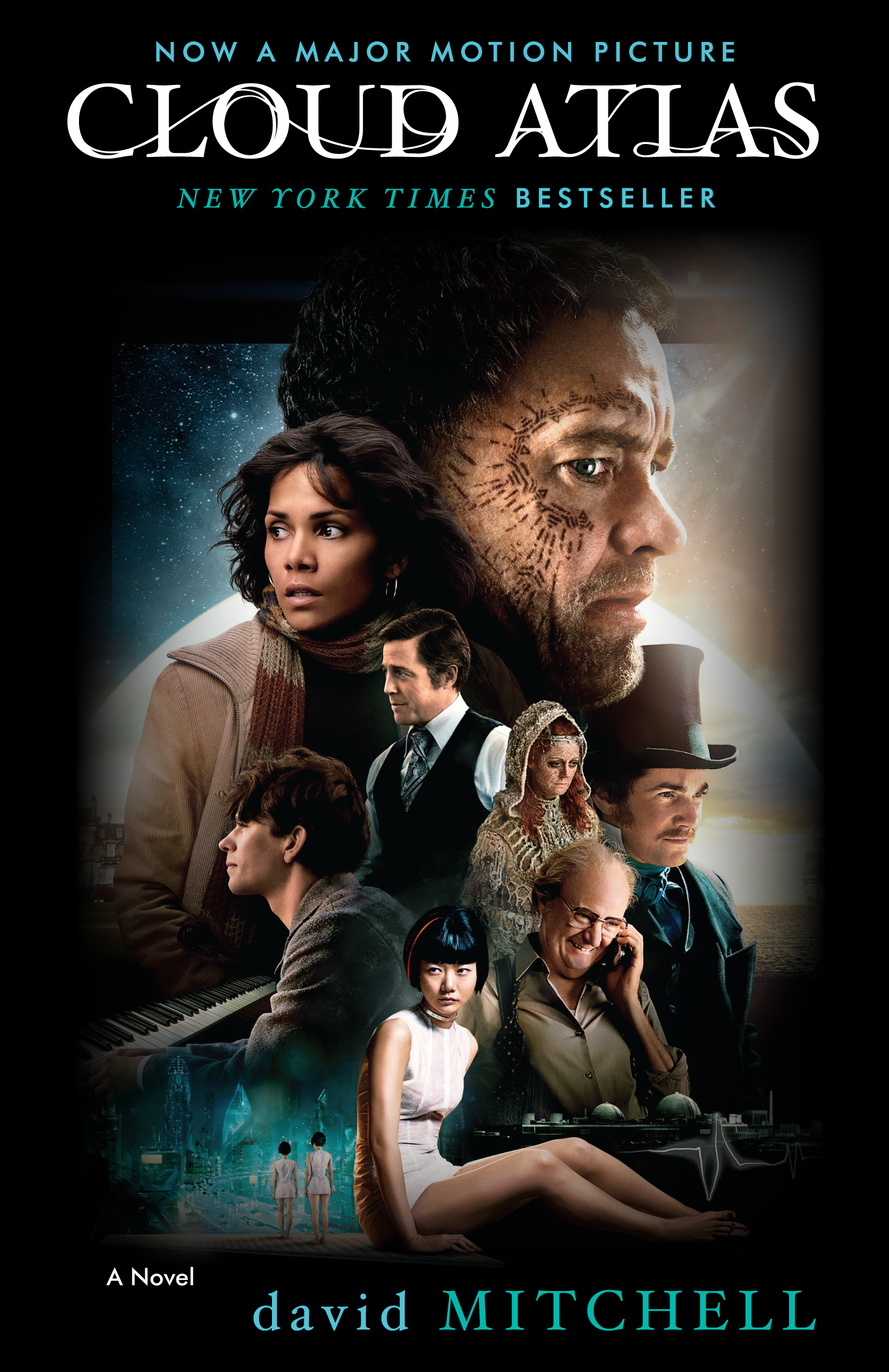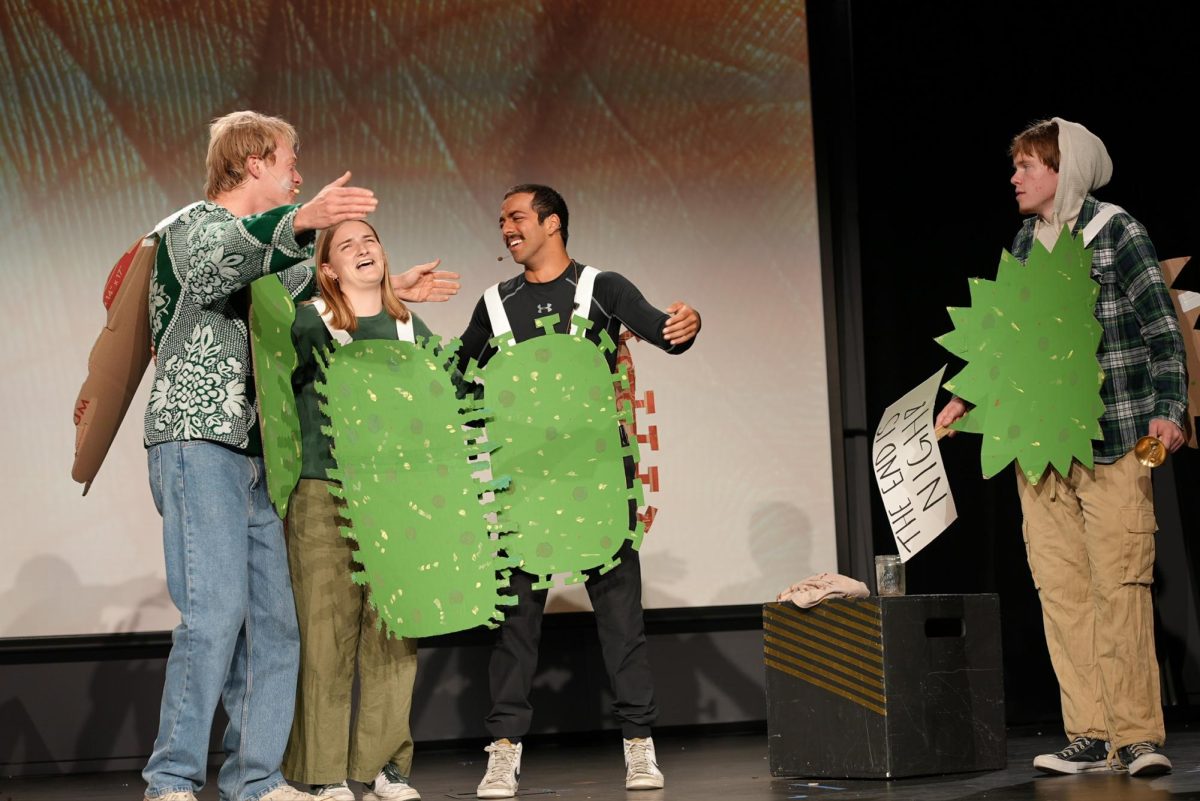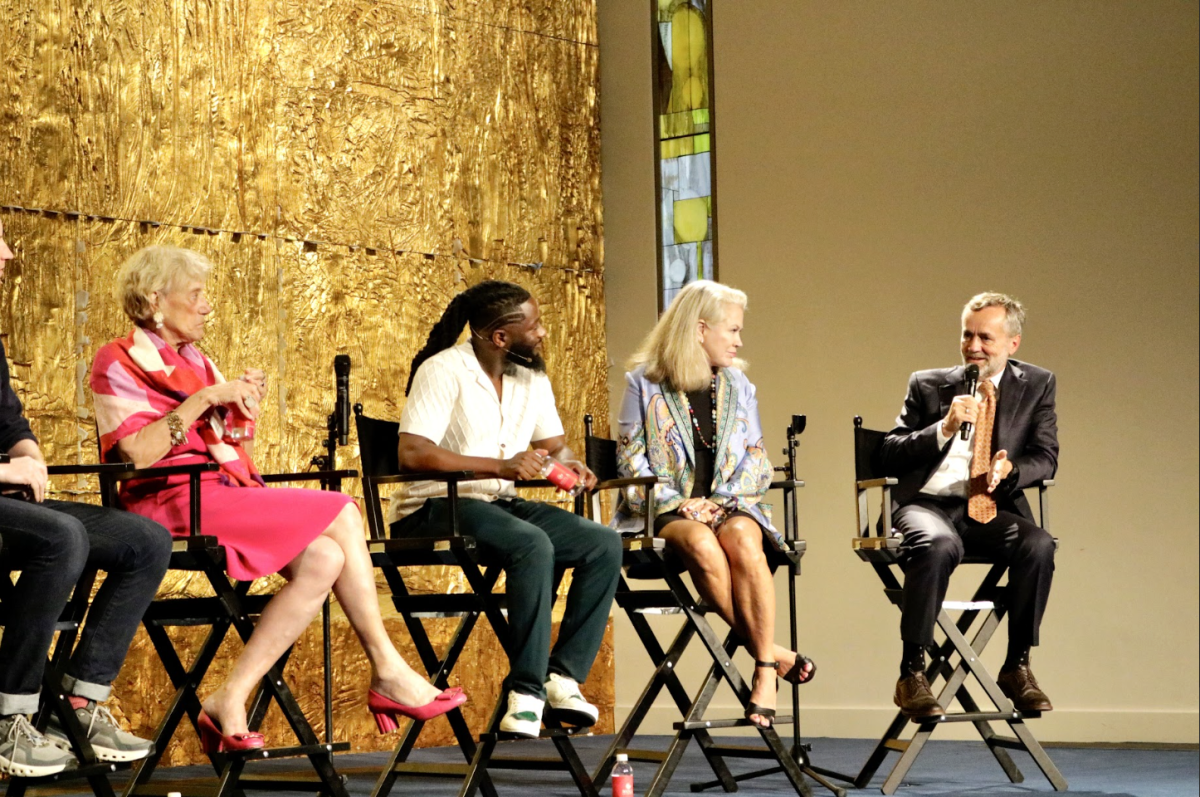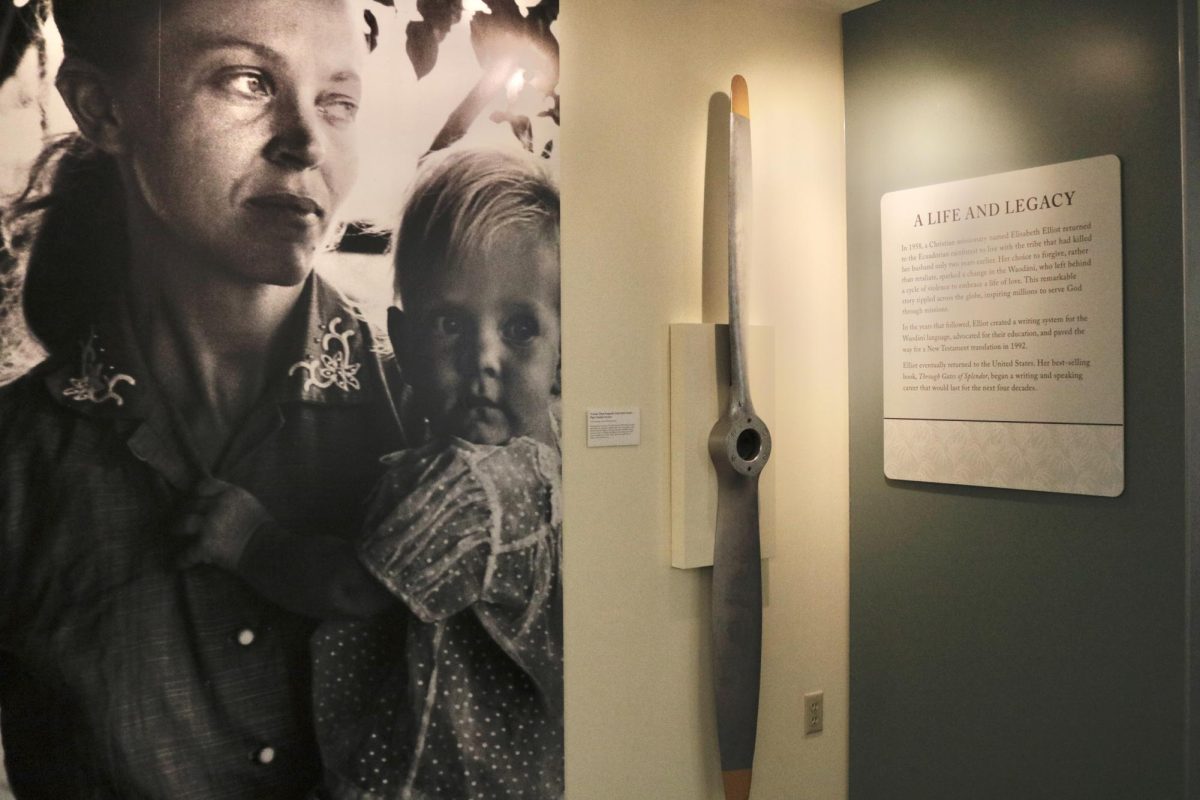There are certain movies I have lovingly come to call “event films.” These are motion pictures that are big, beautiful, inspiring and excessively aware of their own scope. They’ve been called “epics” in the past, yet I call them event films because their astounding intentionality makes them more like phenomenons than simple features. “Cloud Atlas” is such a film; its complexity and mysticism are staggering, not to mention its relevance to humanity on universal planes. Based on the 2004 novel by David Mitchell, “Cloud Atlas” is directed by the formidable Andy and Lana Wachowski of “The Matrix” trilogy, as well as Tom Tykwer, a lesser known auteur of great talent.
Six stories interact and overlap
Let me begin by saying that “Cloud Atlas” is essentially a composition of six stories, all told side-by-side. These six stories feature recurring performances by the film’s character ensemble, who appear in each story in different forms and with varying degrees of importance to each other’s lives. Furthermore, these characters are all played by a colorful core ensemble of actors that includes Tom Hanks, Halle Berry, Jim Sturgess, Jim Broadbent, Hugo Weaving, Ben Whishaw, Doona Bae, Keith David, James D’Arcy, Susan Sarandon and Hugh Grant. The continuous appearances of these actors playing different characters within each story — and each beneath layers of make-up — quickly becomes a game of ‘I Spy’ throughout “Cloud Atlas.”
These six stories are set in six separate, yet chronological, time periods. The first period is the 19th century, in which a young British lawyer befriends an African stowaway aboard a vessel sailing from the Pacific Isles to San Francisco. The second period centers on a mangy young musician who becomes an amanuensis to an ill-tempered composer in the 1930s. The third plays like a mystery, with a reporter seeking the truth behind a powerful and possibly corrupt nuclear power plant in the 1970s. The fourth is a present-day scenario in which an elderly man tricked into a ghastly retirement home stages a breakout with other residents. The fifth takes place in the not-too-distant future, specifically a dystopia called “Neo Seoul” in which a service worker bred for labor inspires a revolution against the tyrannical “Unanimity” system. The sixth and final story takes place long after “The Fall,” a post-apocalyptic Earth where primitive humans again dwell in huts and live off the land.
I would need a much larger column if I was go more in-depth into each story. Let it be understood that they are not by any means random but connected to one another on the deepest of levels. Whether it be a message of reincarnation or how our own patterns and actions play roles in the providence of existence, characters are rehashed and reinvented by the actors, making multiple appearances throughout the stories both in monumental and minuscule ways. A villain in one time period may be a hero in another — both played by the same actor — representing the capacity of our souls for reconciliation and rebirth.
Perplexing yet endlessly entertaining
I thought over “Cloud Atlas” as a whole for the rest of the day and night after seeing it, trying to reach some conclusion as to whether it was good or bad. Personally, I don’t think a movie like this can be summed up by the label “good” or “bad.” It was an attempt to take an incredibly layered novel and portray it visually. That said, it was one of the most ambitious movies I’ve ever seen, and what’s more is that Tykwer and the Wachowskis pulled it off. The directing was virtuoso, the editing crisp and coherent and the musical score absolutely enthralling. The cast was also superb and made the film a marvel rather than just a vehicle for their careers.
I guess if you’re keeping score, I’ve established that it is, in fact, a good movie — but it may not be everyone’s cup of tea. “Cloud Atlas” requires your utmost attention, and while it isn’t an exhausting watch, it certainly isn’t a laid-back one either. While some of the stories are more engaging than others, they could each be full-length movies unto themselves. My personal favorite of them was the post-apocalyptic tale of how hope for humanity is realized in the courage of a simple goat herder. The resounding essence of the film seemed to be living for others rather than yourself, and that our lives are not are own. “We are bound to others,” one key character prophesies.
“Cloud Atlas” is a modern fairytale for adults, or rather, a batch of them. The film has a sense of excitement about it, because it knows exactly what it is. While they are famous for executing gargantuan projects at the risk of losing narrative integrity — “Matrix Reloaded” and “Matrix Revolutions,” anyone? — the Wachowskis have here achieved their masterpiece with the help of Tykwer. “Cloud Atlas” is the latest event film in my long line of favorites — I haven’t wanted to re-watch a movie so fervently in recent memory. Perhaps a second viewing would reveal more to me, but what’s for certain is that “Cloud Atlas” is a well of which I and other film lovers will keep coming back to time and time again.







